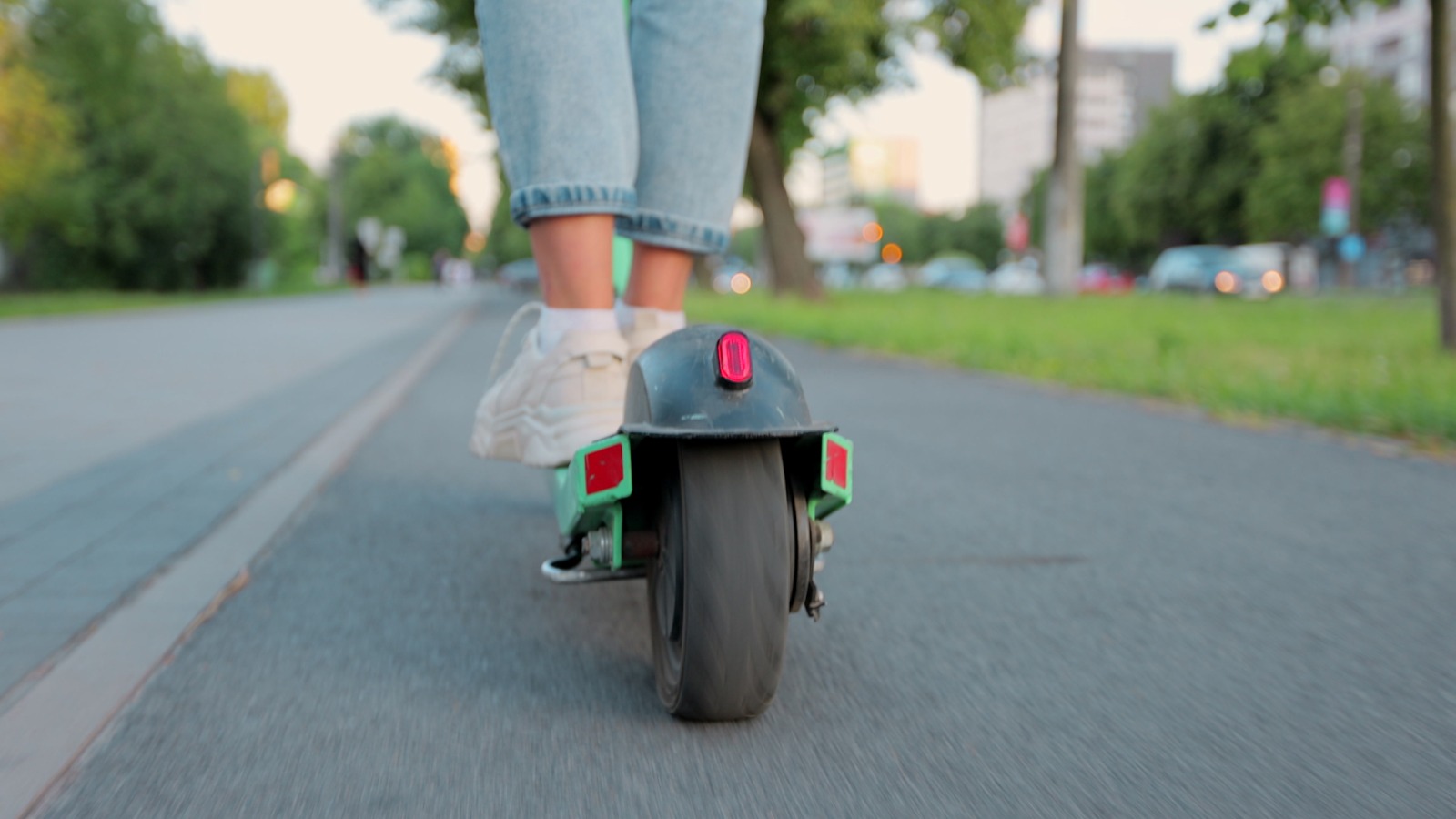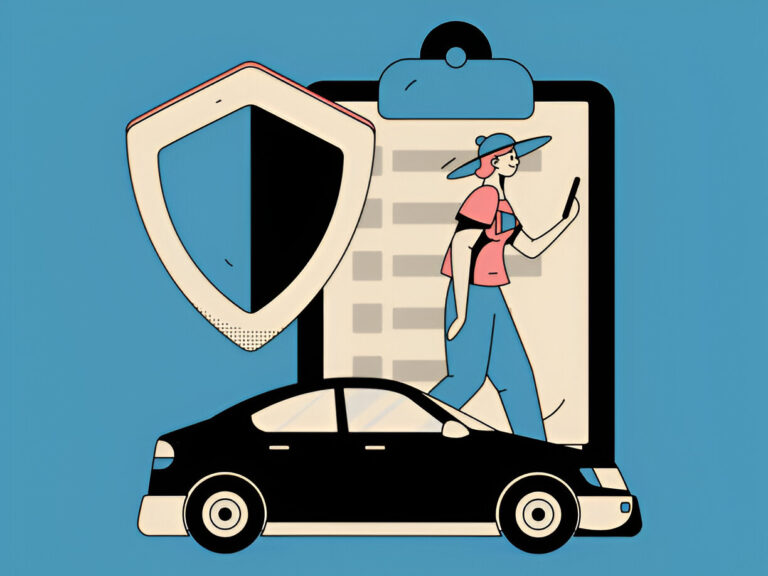How eScooters Are Changing the Way We Commute and Explore
Urban streets are buzzing with a new energy as millions embrace a revolutionary transportation shift. Traditional commuting patterns that once relied heavily on cars and crowded public transit are giving way to nimble, efficient alternatives. This transformation isn’t just changing how we get to work – it’s reshaping how we discover our cities and connect with our communities.
The rise of micro-mobility represents more than convenience; it’s a fundamental reimagining of urban movement that’s creating cleaner, faster, and more enjoyable ways to navigate metropolitan landscapes.
The Evolution of Urban Transportation
Cities worldwide are witnessing an unprecedented shift away from car-centric transportation models. This evolution reflects growing concerns about traffic congestion, environmental impact, and the rising costs of traditional vehicle ownership.
The move away from traditional car ownership has accelerated dramatically in recent years. Urban dwellers are discovering that freedom from parking hassles, fuel costs, and traffic jams is easily achieved with an electric scooter as their mode of transport. Compact commuting solutions are gaining serious traction, especially among young professionals who appreciate how these devices eliminate the stress of finding parking spots in dense urban areas.
The Role of Technology in eScooter Adoption
Modern eScooter commuting benefits significantly from technological advances. GPS integration helps riders find optimal routes, while smartphone apps provide real-time battery monitoring and theft protection. IoT connectivity allows for predictive maintenance, ensuring reliability when you need it most.
Today’s commuters increasingly combine e-scooters with existing transit systems. This hybrid approach solves the notorious “last-mile” problem that has plagued public transportation for decades.
How eScooters Are Revolutionizing Daily Commutes
The transformation of daily commuting patterns represents one of the most significant changes in urban transportation. Modern eScooter benefits extend far beyond simple convenience, creating new possibilities for work-life integration.
First and Last-Mile Connectivity
Traditional public transportation often leaves gaps between stations and final destinations. E-scooters brilliantly bridge these connectivity gaps, turning a 15-minute walk into a quick 3-minute ride. This efficiency particularly benefits commuters in sprawling metropolitan areas where bus stops or train stations sit far from office buildings.
Reduced Travel Time in Urban Areas
Rush hour traffic becomes irrelevant when you can zip through bike lanes and pedestrian paths. Many riders report cutting their commute times in half compared to driving or taking buses during peak hours.
Affordability Compared to Taxis or Ride-shares
When compared to taxis or ride-shares, the affordability of using an electric scooter becomes apparent. Monthly parking fees in major cities often exceed $200, while electric scooter travel costs a fraction of that amount. Gas prices, insurance, and maintenance add up quickly with traditional vehicles, making e-scooters increasingly attractive for budget-conscious commuters.
Exploring Cities with a New Lens
Urban mobility solutions have opened entirely new approaches to city exploration. E-scooters transform tourists and residents alike into urban adventurers, capable of covering more ground while maintaining intimate connections with their surroundings.
eScooters as a Tool for Urban Tourism
Tourist districts become more accessible when you’re not limited by walking speed or expensive taxi rides. Visitors can efficiently hop between attractions, spending more time experiencing destinations rather than traveling between them. Many cities now offer guided e-scooter tours that combine efficiency with local insights.
Flexibility to Discover Hidden Gems
The spontaneous nature of e-scooter exploration leads to unexpected discoveries. Riders often stumble upon charming cafes, street art, or local markets they’d never notice from a car window. This serendipitous exploration style enriches the urban experience immeasurably.
Eco-Friendly Exploration Options
Environmental consciousness drives many exploration choices today. E-scooters produce zero emissions during use, allowing environmentally minded travelers to explore cities without contributing to local air pollution. This guilt-free mobility aligns perfectly with sustainable tourism principles.
Environmental and Social Impact
The broader implications of widespread e-scooter adoption extend well beyond individual convenience. These devices are contributing to measurable improvements in urban environmental quality and social equity.
Reduced Carbon Emissions and Noise Pollution
Every e-scooter trip that replaces a car journey eliminates tailpipe emissions and reduces urban noise levels. Contributing $728 million to the Australian economy in 2022, the e-scooter industry demonstrates that environmental benefits can align with economic growth. Cities report noticeable improvements in air quality as adoption increases.
Less Congestion in High-Traffic Zones
Fewer cars on the road means smoother traffic flow for everyone. E-scooter adoption particularly benefits delivery drivers and emergency services, who can navigate urban areas more efficiently when congestion decreases.
Democratizing Transport for All Income Levels
Public transportation costs continue rising, while e-scooter sharing programs offer affordable alternatives. Low-income residents gain access to flexible transportation options previously unavailable, improving job access and social mobility opportunities.
Challenges and Considerations
Despite tremendous advantages, e-scooter adoption faces legitimate concerns that cities and users must address thoughtfully. Understanding these challenges helps create more effective implementation strategies.
Safety Concerns and Regulatory Hurdles
eScooter safety tips become crucial as adoption grows. Helmet usage, traffic rule compliance, and defensive riding techniques help minimize accident risks. Many cities are developing comprehensive safety education programs to address these concerns proactively.
Infrastructure Readiness
Bike lanes and designated riding zones require significant urban planning adjustments. Cities are investing in dedicated infrastructure to accommodate growing e-scooter populations while maintaining pedestrian safety. Proper docking stations and charging infrastructure remain ongoing challenges.
Maintenance and Lifecycle Waste Issues
Shared e-scooter programs face durability challenges, with some units lasting only months rather than years. Manufacturers are developing more robust designs and recycling programs to address environmental concerns about device lifecycle management.
The Future of eScooter Commuting
Innovation continues accelerating across the e-scooter industry. Emerging technologies promise to address current limitations while expanding possibilities for urban transportation.
Integration with Public Transit Systems
Seamless connections between e-scooters and buses, trains, or subways are becoming standard. Unified payment systems and synchronized scheduling make multi-modal commuting increasingly convenient. Some cities are piloting programs that include e-scooter access with public transit passes.
Subscription Models and Personal Ownership
Monthly subscription services offer unlimited rides for frequent users, while purchase options provide long-term cost savings for daily commuters. Personal ownership trends are growing as prices decrease and reliability improves.
Upcoming Tech Innovations
AI-powered route optimization, swappable battery systems, and smart locking mechanisms represent just the beginning. Future models may include autonomous parking capabilities and integration with smart city infrastructure systems.
Common Questions About eScooter Commuting
Can e-scooters handle daily commuting in all weather conditions?
Most modern e-scooters perform well in light rain and moderate conditions, though extreme weather requires caution and appropriate gear for safe operation.
How long do e-scooter batteries typically last for commuting?
Quality e-scooters provide 15-25 miles per charge, sufficient for most daily commuting needs, with fast-charging capabilities for quick top-offs.
Are e-scooters allowed on public transportation?
Policies vary by location, but many transit systems permit folding e-scooters during off-peak hours, similar to bicycle regulations.
The Transportation Revolution Continues
E-scooters have fundamentally altered urban mobility by offering practical alternatives to traditional transportation methods. They’ve proven their value through widespread adoption, economic impact, and environmental benefits. The combination of convenience, affordability, and sustainability makes them increasingly attractive for daily commuting and urban exploration. As infrastructure and technology continue improving, e-scooters will likely become even more integral to how we navigate cities, representing a permanent shift toward smarter, cleaner urban transportation solutions.







